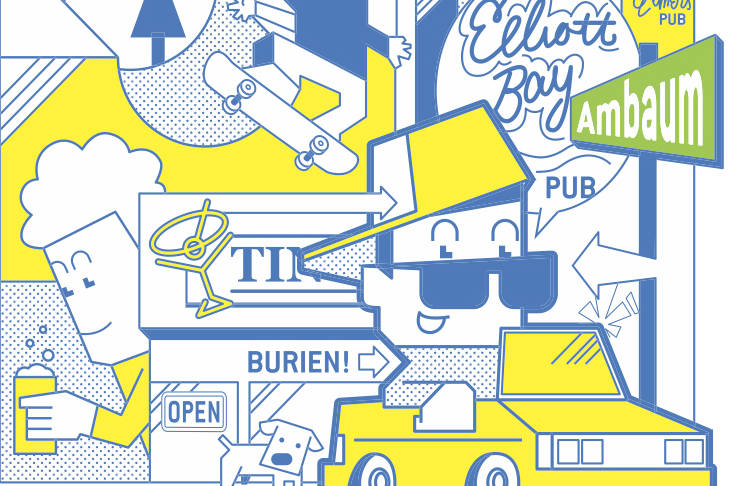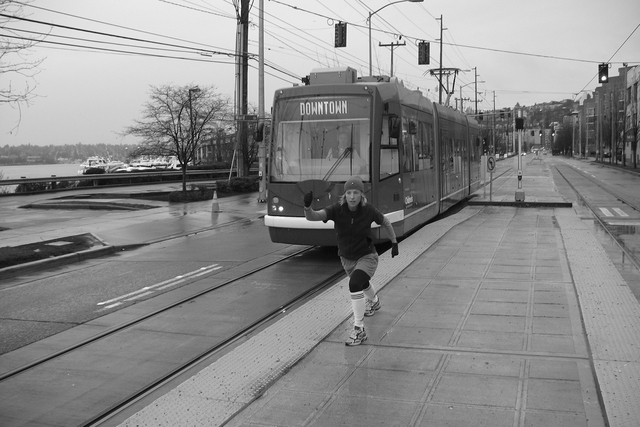Charleston is serious about preserving the past. How serious? You’re looking at their primary mode of transportation.We — and by we I mean Caleb — have been having a ton of fun with Charleston, the South Carolina city enlisted by Boeing to engage in a pot-sweetening duel with the Puget Sound region over the Lazy B’s much-coveted Dreamliner assembly business. Predictably, Charleston’s been cast as a right-winged, rednecked, Confederate rube when pitted against cosmopolitan, 21st-Century Seattle. Charleston seems creepily enamored with its slave-owning past; handwoven baskets seem the driving commodity in the local economy, the air smells like horseshit due to an overabundance of carriage jockeys, and Styrofoam is still the go-to to-go material for many a low-country restaurant. But Boeing’s would-be Southern Belle is far more progressive than Seattle when it comes to one key area: the preservation of historic infrastructure.The November 2009 issue of The Atlantic includes a thoughtful examination of the post-Katrina architecture boom that can currently be witnessed in real time in New Orleans’ Lower Ninth Ward, an area I visited recently while on a two-week road trip in the American Southeast. In his piece, Wayne Curtis includes an anecdote from a New Orleans building conference, at which Steve Mouzon stated the following: “The very core of sustainability can be found in a simple question: Can it be loved?”I also visited Charleston on the aforementioned jag. It is, without a doubt, one of the most visually arresting cities in America. Whereas in Seattle, you’re hard-pressed to find a building that was constructed before 1900, in Charleston (the core of it anyway), you’ll be hard-pressed to find a building that was built after 1900. This is because the city had the foresight to effectively make preservation the law of the land in 1947. The result is a cityscape that makes you feel as though you’re in a meticulously-maintained European town, albeit one where the locals say “y’all” and sweet tea is more prevalent than cappuccino.This has nothing to do with aerospace, unless the powers-that-be in Charleston have a whopper of a Civil War-era artillery basin that can be repurposed for the construction of massive modern aircraft. But it should serve as a reminder that even supposedly ack-basswards Southern cities have it all over Seattle in many respects. Look no further than New Orleans, a surprisingly bicycle-happy town whose slow-moving streetcars provide a genuine public service. Unlike here, shit gets done down there, which might explain Boeing’s infatuation with the region.
More Stories From This Author
New state legislation fights catalytic converter theft
Governor Jay Inslee signed a bill on March 26 adding new regulations to the purchase and sale of catalytic converters…
By
Benjamin Leung • April 8, 2024 1:55 pm
Kirkland officer steps down following investigation into bikini barista incident
A Kirkland police officer accused of exhibiting odd behavior toward bikini barista employees while using a city-owned vehicle has resigned…
By
Cameron Sires • April 5, 2024 10:09 pm
KC Sheriff’s Office sues over Burien encampment ban
Office of Law Enforcement Oversight director calls Burien’s ordinance “unconstitutional.”
By
Cameron Sheppard • March 18, 2024 12:32 pm







